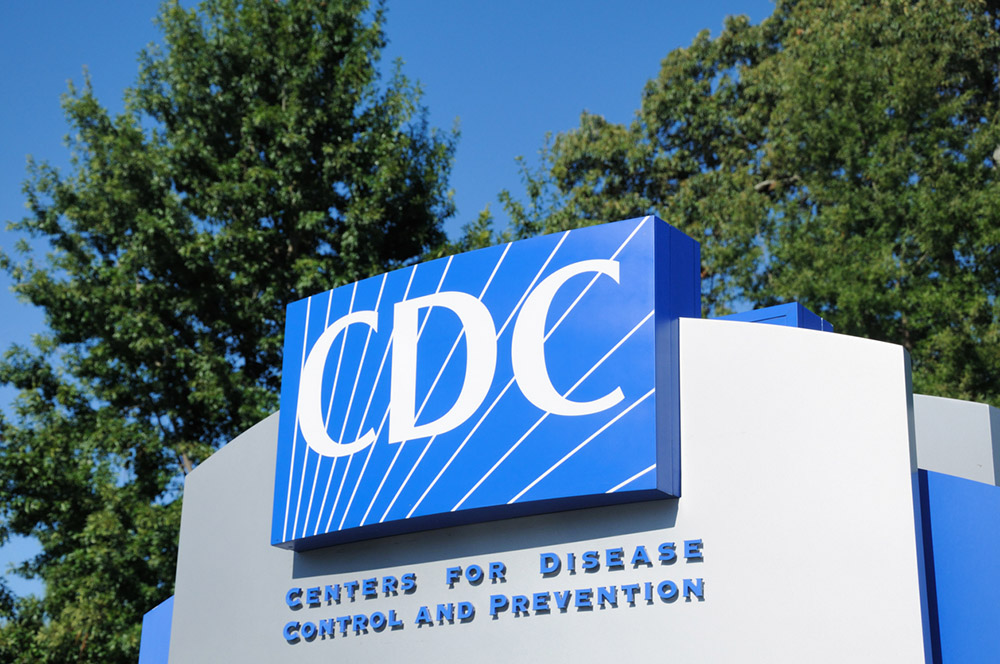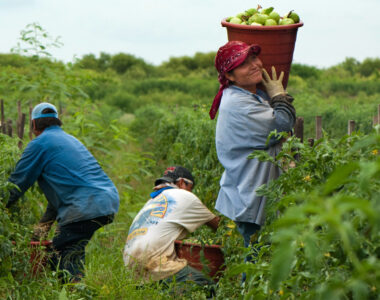
Introduction
Health officials have confirmed the first human case of New World screwworm in Maryland. While the patient has recovered and the risk of spread is considered low, the discovery is a reminder of how dangerous this parasite can be for both people and livestock. It also raises important questions about surveillance, transparency, and the potential threat to American agriculture.
What We Know
The human case of New World screwworm was identified on August 4, 2025. The individual had recently traveled outside the United States, with reports linking their trip to either El Salvador or Guatemala. The Centers for Disease Control and Prevention (CDC), working with the Maryland Department of Health, confirmed the diagnosis after experts reviewed images of larvae through telediagnosis.
The patient received treatment and has fully recovered. Officials have stressed that there is no evidence of additional infections in humans or animals connected to this case.
How It Was Confirmed
Confirmation of the human case of New World screwworm came through coordination between local and federal health agencies. The CDC led the epidemiological investigation, while the Maryland Department of Health managed local follow-up. Experts analyzed larvae samples to confirm the presence of Cochliomyia hominivorax, the species responsible for New World screwworm.
Following the diagnosis, the USDA launched precautionary surveillance within a 20-mile radius of the patient’s residence. As of now, all traps have tested negative, indicating no local spread.
Why This Is Cause for Concern
Even though the immediate risk is low, the confirmation of a human case of New World screwworm in the U.S. is significant for several reasons:
- Human Health
Screwworm larvae feed on living tissue, creating painful, destructive wounds. If untreated, infestations can cause serious complications or even death. - Agricultural Risk
Screwworm is far more damaging to livestock. An outbreak could devastate cattle herds and cost the U.S. billions of dollars in lost production and control efforts. - Transparency Concerns
The case was confirmed on August 4 but not announced publicly until nearly three weeks later. This delay has raised concerns among livestock producers about communication and preparedness. - Regional Outbreaks
The U.S. case comes at a time when screwworm numbers are rising in Central America and Mexico. Mexico recently reported a 53 percent increase in cases, heightening the risk of cross-border spread.
What Is Being Done
The USDA and CDC have both emphasized that the human case of New World screwworm does not indicate an outbreak in the U.S. However, they are taking several steps to prevent future cases:
- Expanding surveillance in areas surrounding the Maryland patient.
- Implementing a five-part national screwworm control plan, including the construction of a new $750 million sterile fly facility in Texas.
- Strengthening cooperation with Mexico and Panama to push screwworm populations further south.
Conclusion
The confirmation of a human case of New World screwworm in Maryland is rare, but it highlights the ongoing threat this parasite poses. For now, the risk of additional human or animal cases in the U.S. is low, yet vigilance remains essential. Protecting both public health and agriculture requires rapid response, transparent communication, and continued investment in prevention strategies.



